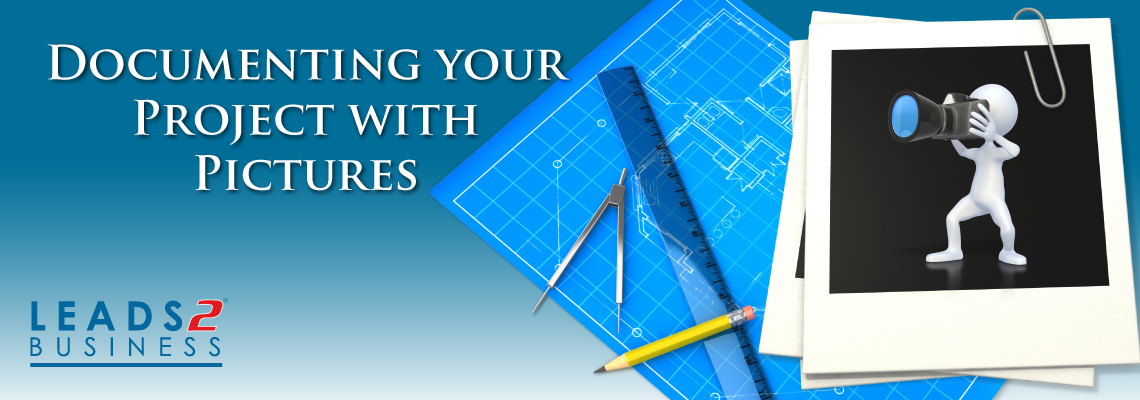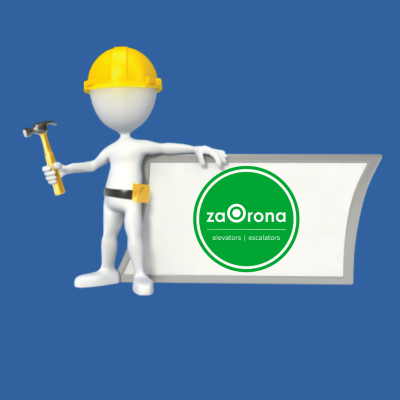Photo documentation and the use of clear and concise photos is an invaluable tool in the Construction & Building Industry.
Methods of photo documentation:
You can snap photos using your smart phone or tablet, save them instantly and store in a dropbox. You could use a camera and upload the photos from your computer. You can add details and notes describing weather, manpower, constraints to the contractor and any other details. Remember that all your photos should be stored securely.
There are numerous methods of photo documentation; the most commonly used are Word, MS. Paint and Power Point. Adobe Standard can be used for combining pictures into a PDF and then making the annotations. The photo is converted into PDF and this provides some protection against your work being easily edited or tampered with. One can also provide hard copies to clients and anyone involved in the project if necessary.
Construction teams around the world rely on webcam technology and software to monitor, document and promote their most important projects. Webcams can be used to capture job site images. You can also capture interior images of your building project at key milestones for a complete visual record.
Types of Photography:
There is ground level photography as well as aerial photography. Aerial photographs have an advantage over ground level photographs as the aerial view enables the whole of an area to be observed, rather than just a portion of it as the scale of aerial photography is relatively consistent throughout the entire frame. This enables relatively accurate measurements to be made using photographs taken from this vertical view however the main disadvantage of aerial photography is that the point of view is unfamiliar. Most features look very different when viewed from above and this can make it difficult to recognise ground features. It is advisable to use a combination of both aerial and ground level photographs.
To accurately and best show the progress of construction you should take daily, weekly or monthly photos from the same perspective. You can also take ‘walk through’ videos and ‘still’ pictures at different stages of construction.
Reason for Photographs on Projects:
1. Help to lessen potential legal issues.
2. Used as a document trail to help resolve potential disputes.
3. Used when you want to explain exactly where something is or what is it.
4. It provides a valuable training tool for improving the quality of work.
5. They are a measure for protecting and covering yourself. It’s a safe guard for getting blamed for something you did or didn’t do. “The eye in the sky doesn’t lie.”
6. Taking pictures before and after specific item was completed can be used as a good addition to the company portfolio. This can be used as a pre-sale. It’s a portfolio of completed and current projects.
7. Used by subbies so that they can estimate using the scales plan, pictures and real details specs.
8. For warranty purposes.
9. Many clients appreciate photographic documentation.
10. Photo’s offer a unique perspective of the entire project.
11. Used to record already damaged items delivered to the site or items that have been vandalised.
12. Recording milestones in the building work.
13. To show the equipment used on site.
14. Used for monthly progress reports and marketing materials
15. Photos can be used to document why a project might be running behind. They will show snow, flooding, and other situations hindering the progress such as subs not performing on time.
16. Portfolios can also be created for containing a final image, prints etc. for those who have worked on the project.
Photographic documentation helps give the client a visual of what is going on at the site when they cannot be there. Photos are also used to document any safety concerns. It takes very little time and in today’s technology driven world, to whip out a camera and take photos of the site every now and then helps document progress and concerns.
Think about when you’re looking at purchasing a specific product, vehicle, house or appliance. When searching online, people generally scroll past the items for sale that have no image available. Pictures are eye catching, attract buyers and potential future clients.
Photos and backup documentation go a long way to ensuring that you are keeping your project on the right path and saves a lot of headaches later on. It is important to remember that you not only document problems but follow the problems through to resolution. You want to be able to tell a story with a beginning, middle and an end. Tracking your project from planning, site clearance, breaking ground right through to the final ribbon cutting at the grand opening of a successful complete project.
“If you aren’t using photo media in your workplace yet you are missing out on a real money maker and money saver”. Remember the classic saying…..a picture is worth a thousand words.
http://www.skysiteaerial.com/aerial_construction.html
http://www.eagleseyephoto.com/
http://www.consumerbuild.org.nz/publish/phase/buildingphase-monitoring.php
About Michelle Crosby
I started my journey at Leads 2 Business in the Directory Department in 2012. I was then promoted to the Private Projects Department in 2014 and was recently promoted to Projects HOD this year.
- Web |
- More Posts(30)










SkyRender Media
Great article Michelle! Documentation through photos is key! I remember as a child, my father taught me to take a picture of my engine when working on my car so that if I got lost, I would be able to see what it is supposed to look like. Later in life, he taught me to document everything. Naturally, a lot of that was through photographs.
Eldary Carpenter
Good morning
Thank you for your input.
I hope you have a lovely day.